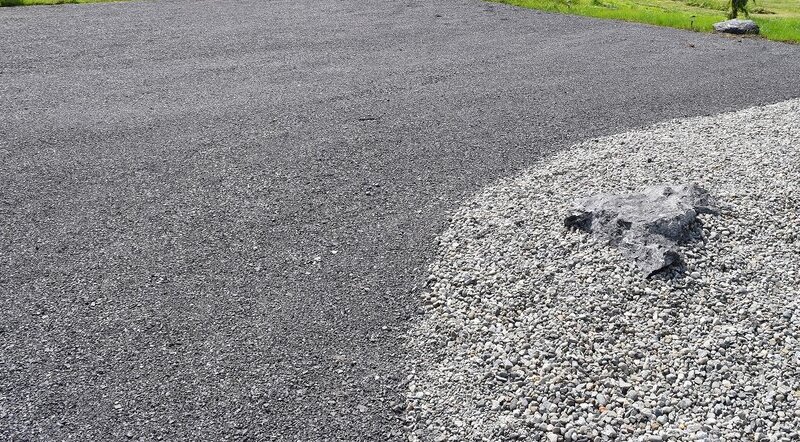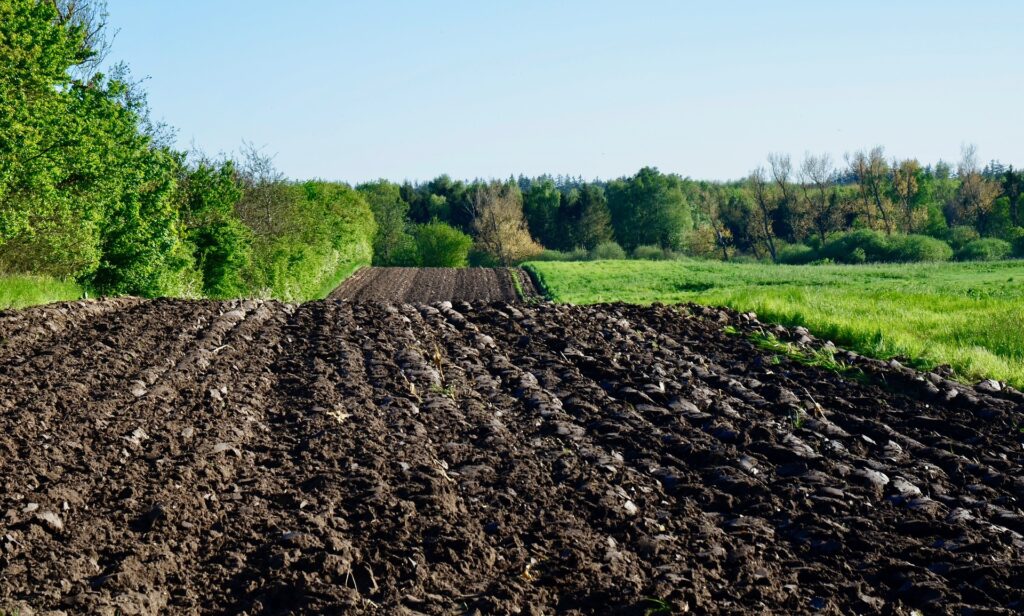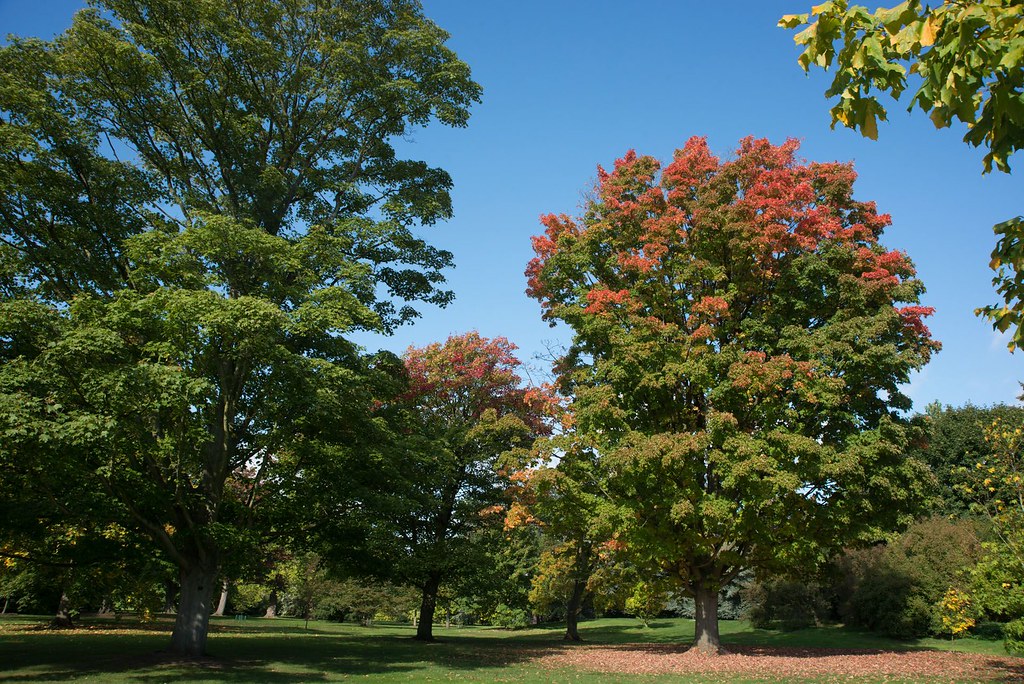610 Limestone vs 57: How to Choose the Correct Crushed Stone for Your Project
Wondering about 610 limestone vs 57, and what’s the difference between the two?
Selecting the right materials for the job is crucial for landscaping and construction projects.
And finding the perfect balance between aesthetics, functionality and cost can seem like an insurmountable task.
Two popular options are limestone and gravel, specifically 610 limestone and 57 gravel.
Understanding how these two differ can help you make an informed decision on which to use.
What is Limestone, Crushed Limestone, and Limestone Gravel?
Limestone is a sedimentary rock that forms from the accumulation of mineral deposits over time.
It’s composed primarily of calcium carbonate and can be naturally found throughout much of the world.
Crushed limestone is exactly what it sounds like; large chunks of of the stone that have been crushed into smaller pieces.
Limestone gravel, on the other hand, is made up of small to medium-sized stones and has a smooth texture that makes it ideal for use as a decorative material.
Both types are highly versatile and can be used for anything from landscaping projects to construction work.
Choosing the appropriate type all depends on your specific project requirements and personal preferences but understanding its qualities should make the decision process easier!
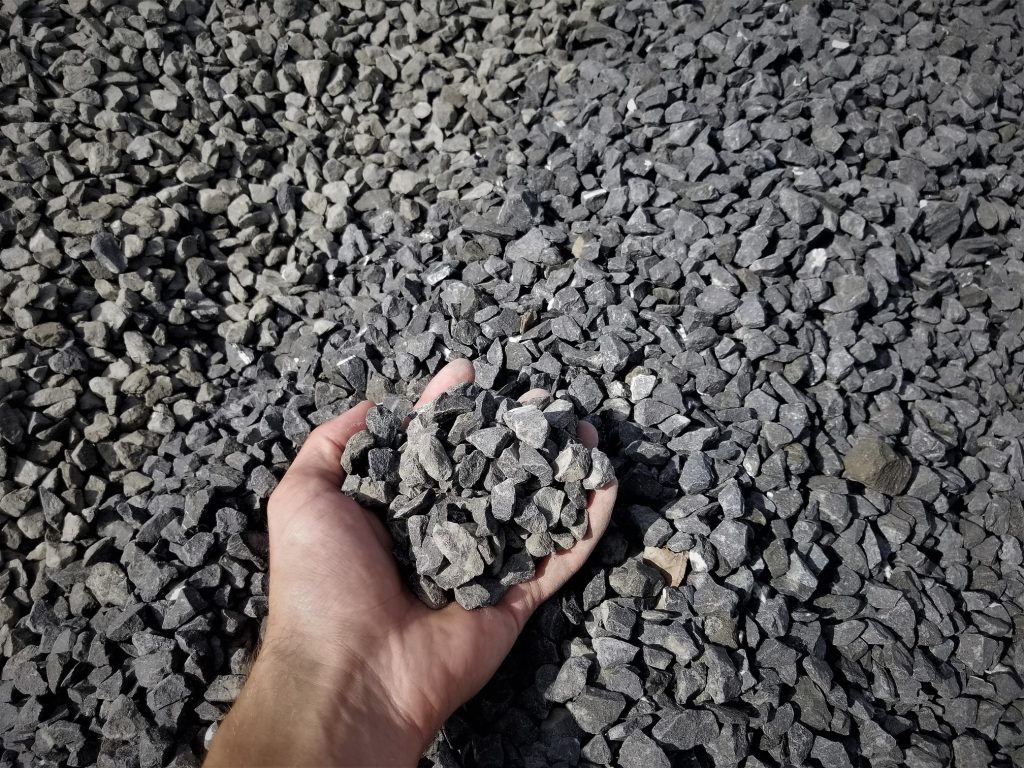
What is 610 Limestone?
610 is a specific type of crushed stone that is processed into small, angular shapes typically no larger than ¾”. This grade of limestone is commonly used as the base material for driveways and parking areas.
It is one of the smallest grades, ranging from 3/4 inch to a powder-like consistency.
610 stone compacts well and provides excellent drainage due to its small size.
It is also often used as an aggregate in asphalt mixtures or mixed with concrete for added strength and stability. Its durable nature ensures that it can withstand heavy traffic without breaking down over time.
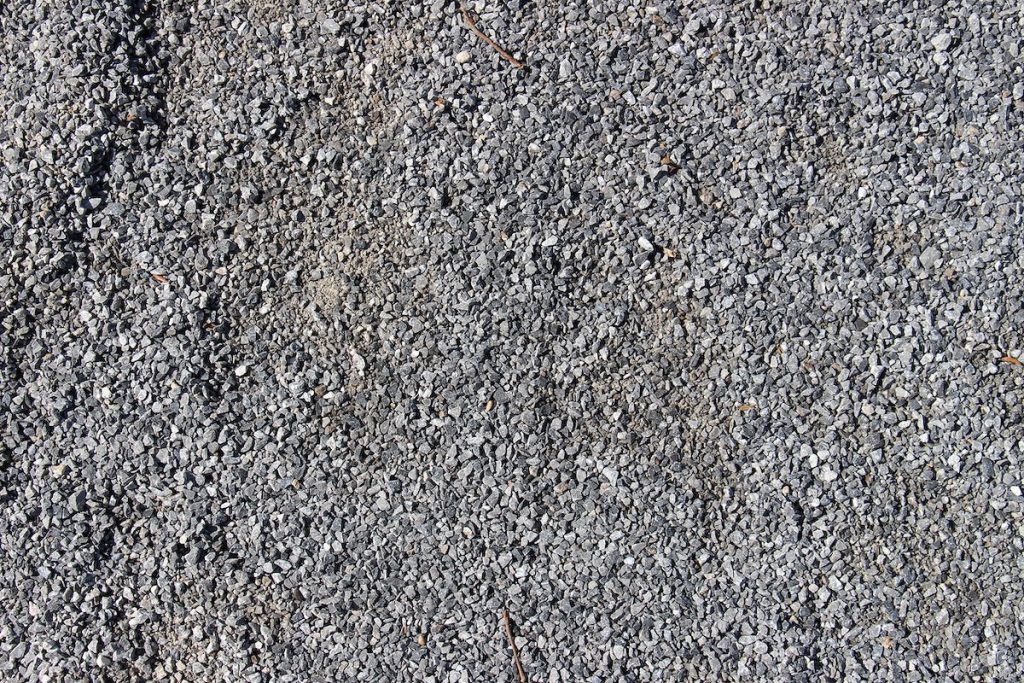
Benefits of using 610 Limestone for your projects
There are numerous benefits to using 610 in your outdoor projects.
For one, its small, angular design allows for affordable easier application and installation than other grades.
The small size of the stone also makes it easy to work with and install manually.
It can be compacted without causing drainage problems.
Here are some of the reasons people choose 610.
Versatility
610 can be used in a wide variety of construction and landscaping projects, from driveways and parking pads to walkways, and patios.
Durability
Stone is a very durable material, that is able to withstand heavy use and extreme weather conditions.
Cost-Effective
Compared to other building materials, 610 is relatively inexpensive, which helps keep project costs down.
Ease of Installation
It’s generally easy to spread and level, for quicker and simpler installation.

What is 610 Limestone used for?
610 Limestone has multiple uses and is a highly versatile material, commonly used for outdoor projects, and construction work.
Due to its small size and angular shape, it compacts well and minimizes erosion over time.
These features make it an ideal material for the base layer of hardscaping projects.
610 can be mixed with asphalt or concrete to increase strength or stability. It provides excellent water management thanks to its small size, and can even support healthy vegetation growth when used as a top dressing on soil-based areas.
Some say 610 has an aesthetically pleasing appearance similar to that of natural slate stones that make it perfect for creating walkways or patios with a distinctive look.
This versatility makes it one of the most popular materials among designers, landscapers, builders and homeowners alike!
How Does 610 Compare with Other Crushed Stones?
Compared to larger grades of crushed stone, 610 limestone is more affordable and easier to work with.
610 stands out due to its small size and angular shape.
Unlike larger stones like rip rap, 610 is easier to install and work with because it’s more uniform in shape.
What is 57 Gravel?
57 Gravel is another type of crushed stone commonly used.
It features a larger size than finer blends, with stone sizes typically ranging from 1/2 to 1 inch.
This grade of gravel is often compacted into place to create a stable, even surface for areas where heavy foot traffic or vehicle use is expected.
Like with 610, the color and shape of these stones can vary depending on their origin and processing treatment.
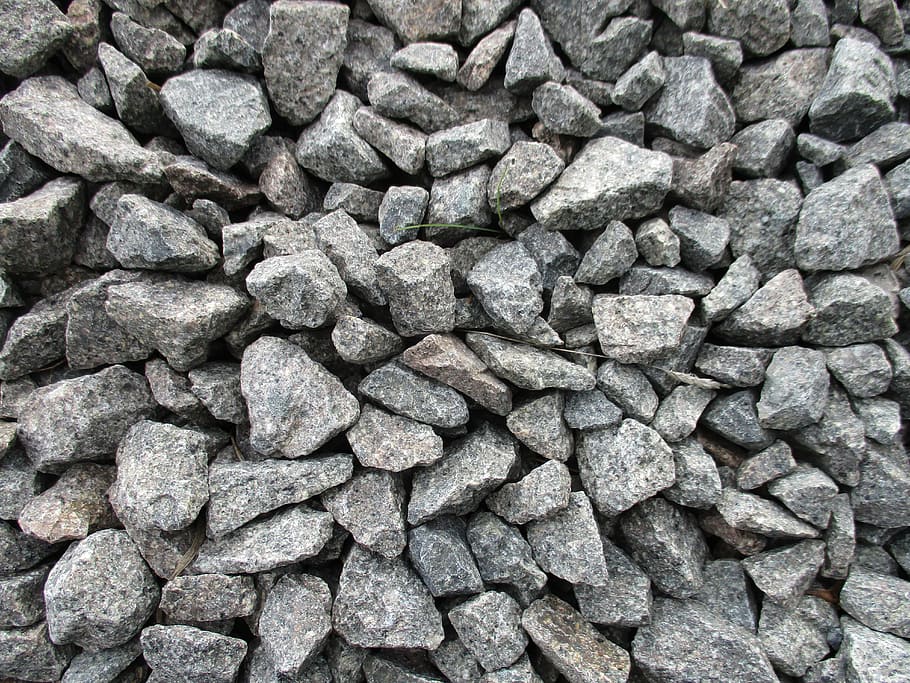
What is 57 limestone used for?
57 limestone used in a variety of applications ranging from driveways or even general landscape construction.
is ideal for yard drains, as it allows water to filter through the stones and into the ground. It is also commonly used as a paver base and for walkways. In addition, it can be used as a decorative mulch or in concrete blocks or rip rap.
Benefits of using 57 Gravel for your projects
57 Gravel offers numerous benefits.
With its larger size, this type of crushed stone is ideal for creating a stable base layer or bed material for patios and retaining walls.
The larger stones provide extra water movement capacity while still minimizing sedimentation during heavy rains.
It’s less likely to shift around over time.
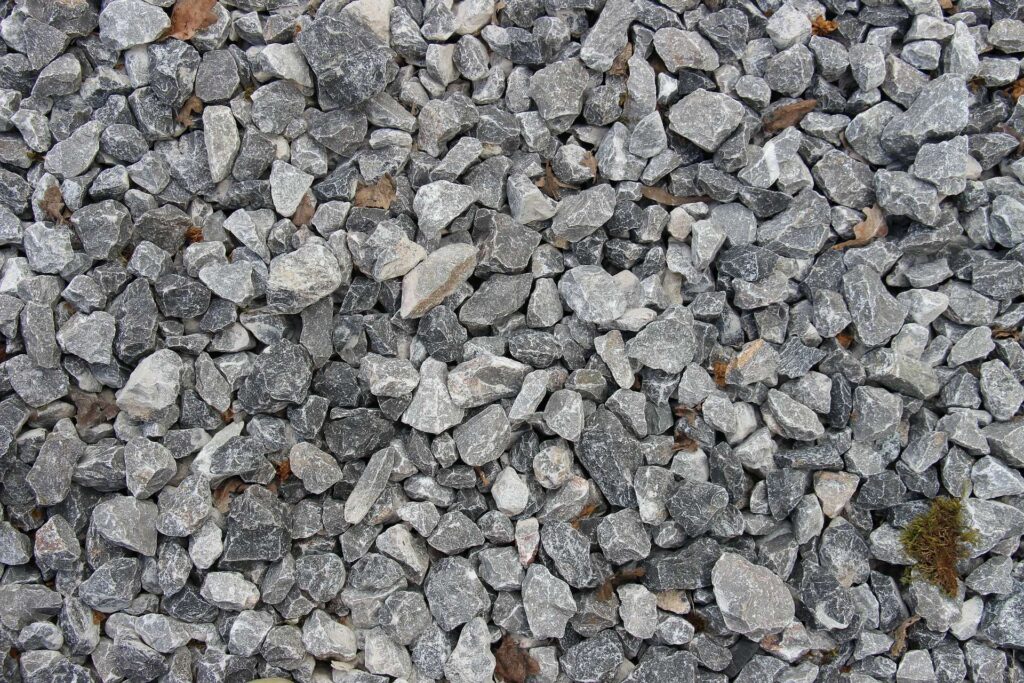
Here are some of the reasons people choose # 57 Gravel.
Versatility
57 Gravel is suitable for various construction applications.
The most well known use is as a drive way material.
The versatility of this material makes it a go to option for foundation base for concrete slabs, hardscaping, and retaining walls.
Excellent Drainage
Thanks to its size and shape, # 57 allows water to drain effectively, which makes it the go to aggregate for french drains.
Stability
Number 57 interlocks when compacted, providing a stable surface that’s less prone to shifting or settling than some other materials.
Durability
It’s a durable material, capable of withstanding heavy weight and various weather conditions without significant degradation.
Low Maintenance
Once installed, 57 requires minimal maintenance, making it an excellent choice for those looking for a low-care solution.
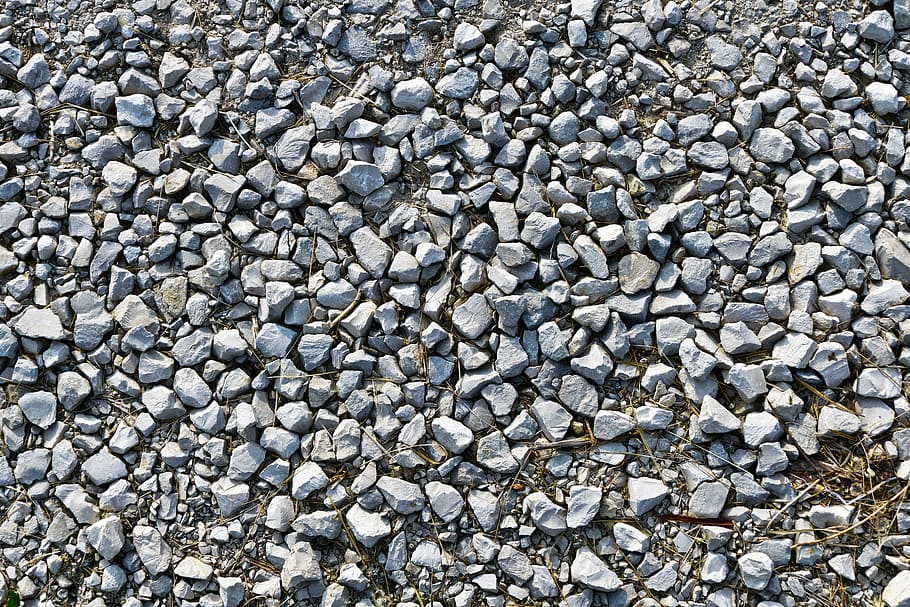
Grades of 57 Gravel Sizes
57 gravel is available in different sizes and crushed stone grades, ranging from 1/4 inch to 3/4 inch. These are categorized based on the size. The smaller sizes include pea gravel and aggregate blends. Rip rap are some of the largest of the crushed stone.
How does 57 Gravel with other crushed stones?
Compared to other types of crushed stones, 57 gravel is relatively affordable and easy to work with.
However, it may not be as durable as larger stones for heavier vehicles or equipment.
Which One to Choose for a Driveway?
Choosing between 610 limestone and 57 gravel for your driveway depends on several factors, including your budget, the amount of traffic the area will receive, and the climate in your area. Some people alternate and use one as a base layer and the other as a top layer
There are many reasons go with a crushed limestone or limestone gravel driveway versus a concrete or crushed concrete driveway.
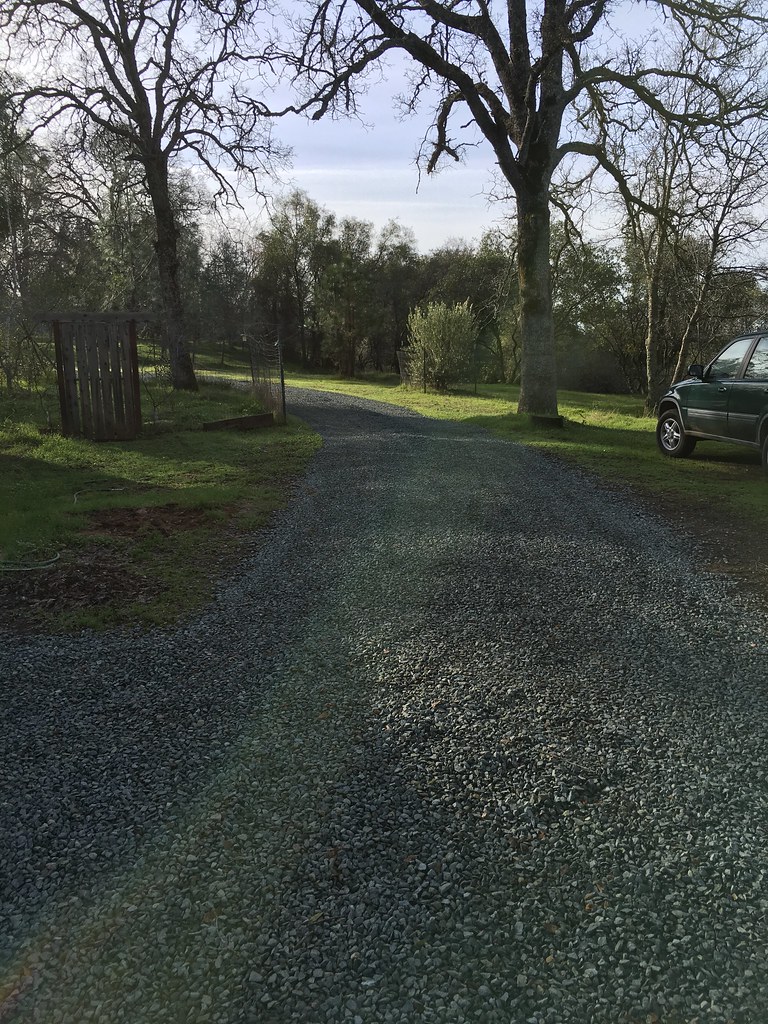
Factors to Consider When Choosing Between 610 and 57
The size of the stone is one of the main factors to consider.
610 is smaller and easier to compact, making it a good option for a smooth surface top layer.
57 is larger and can provide better water management, making it a suitable choice for areas with heavy rainfall or flooding.
The other key factor is cost.
The prices for both fluctuate depending on the location and time of year. Generally, 610 costs a little less that 57.
Benefits of Using Limestone for Your Driveway
Limestone is an affordable, yet highly durable option that can withstand heavy traffic without cracking or breaking down over time.
Its aesthetic appeal gives your property a chic and sleek addition, enhancing appeal instantly making your property feel more inviting and aesthetically pleasing from the outside while giving it more character.
Disadvantages of Using Limestone for Your Driveway
It’s important to be aware of some potential disadvantages.
For one, limestone gravel can be prone to shifting and moving over time; if it’s not installed correctly.
Frequent vehicular use especially under heavy loads may cause potholes.
The material permeable and porous compared to other surfaces which makes it more susceptible to damage from rainfall and freezing temperatures.
Limestone also requires regular maintenance.
You’ll need to need provide periodic reworking and weed control to do proper maintenance.
Another downside is, it can be more expensive than other types of crushed stones, especially if you use top-quality white limestone.
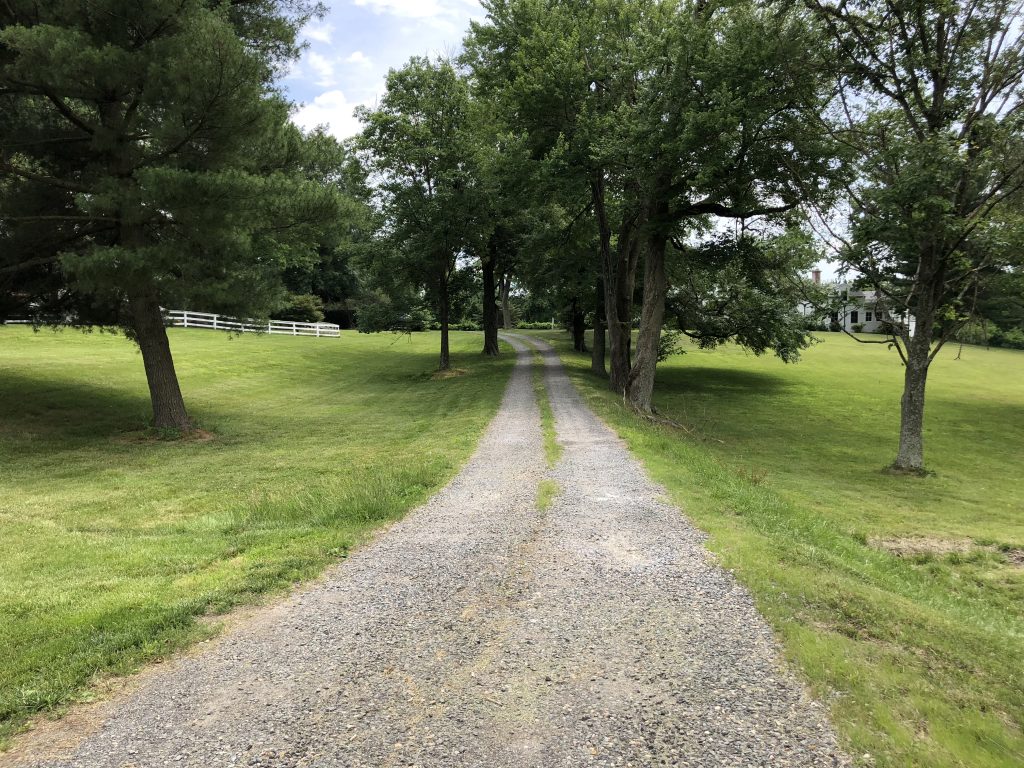
Cost Comparison of 610 Limestone and 57 Gravel
Another factor to consider is the cost and prices. 610 limestone is generally a little less expensive than 57 gravel, especially if you opt for top-quality materials.
Aggregate and construction materials prices fluctuate routinely.
How much you pay is dependent on your location and the time of year.
The price of 610 limestone and 57 gravel can vary significantly based on the location, quantity required, and the delivery costs.
Typically, you can expect to pay anywhere between $30 and $110.
610 average price per ton or cubic yard
Current prices for 610 average range from $50 – $110.
# 57 average price per ton or cubic yard
Current prices for 57 average range from$55 – $115
Impact of Weather on 610 and 57
The climate in your area can also affect your choice of crushed stone. Both of these materials are prone to shifting, moving, and cracking in harsh weather conditions, so it may not be suitable for areas with frequent freeze-thaw cycles or excessive rain.
57 gravel is more resilient in extreme conditions, but it may also be more prone to shifting if the ground is extremely soft or not properly prepared.
Other Uses of 610 Limestone and 57 Gravel in Landscaping
When most people think of crushed stones like 610 and 57, drive ways and drain projects typically come to mind.
However, both materials are highly versatile for outdoor projects.
57 Gravel can also be used to add character to rock gardens or xeriscaping concepts.
Using Crushed Limestone and Gravel for Drainage Purposes
Both 610 Limestone and 57 Gravel serve incredibly effectively in drainage applications.
They are mostly used in french drains or dry wells.
These stones help to filter and absorb excess water from your yard by allowing water to percolate through the rocks into the drain pipe.
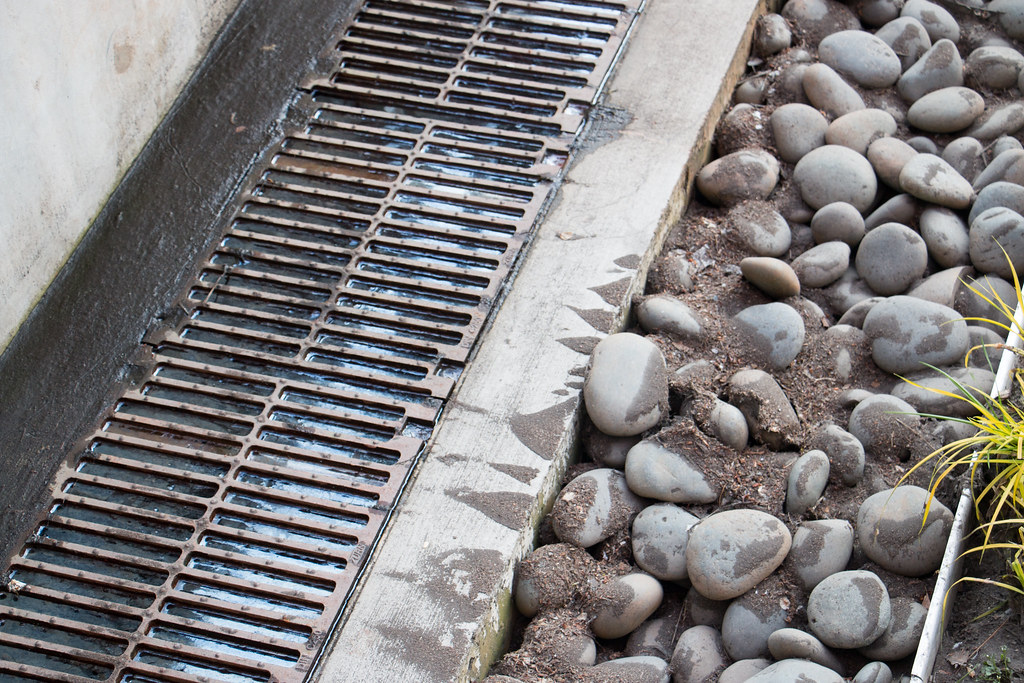
Using Limestone and Gravel for Paver Base
Both of these materials are excellent choices for a paver base.
Versatile and cost-effective, these natural materials provide a stable and durable base that’s vital for the longevity of your project.
The mixed sizes of 610 compact well, forming a solid base for your pavers.
This attribute helps ensure your project remains level and resistant to shifting over time.
On the other hand, 57, with its ability to interlock and allow effective water management, maintains structural integrity and longevity.
Using Limestone and Gravel for Walkways and Mulching
Utilizing natural materials can transform your garden walkways and provide practical mulching solutions.
With its range of sizes and the ability to compact well, 610 can form a solid and durable pathway that has the ability to accommodate daily foot traffic.
57 has the ability to interlock when compacted, also offers a stable and weather-resistant option for walkways.
But these materials do more than create beautiful pathways.
They’re also excellent for mulching around plants. They not only enhance the aesthetic appeal of your garden but also help retain soil moisture, control weed growth, and regulate soil temperature – a trifecta of benefits for plant health and growth.
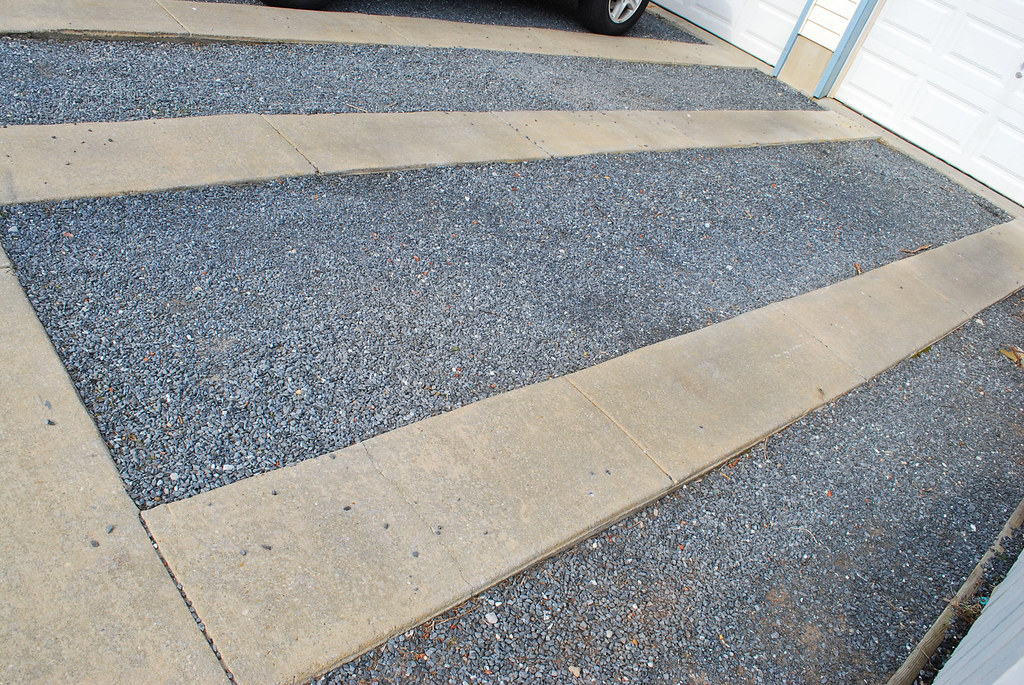
610 vs 57 limestone
When deciding between 610 limestone vs 57 consider your specific needs and tastes.
The answer depends on what you’re using the materials for, your budget, and the availability in your area. 57 has more us applications, the larger size is what most people think of when they think of drive way gravel. 610 is use more as a top layer the small size makes for a smoother surface when finishing.

